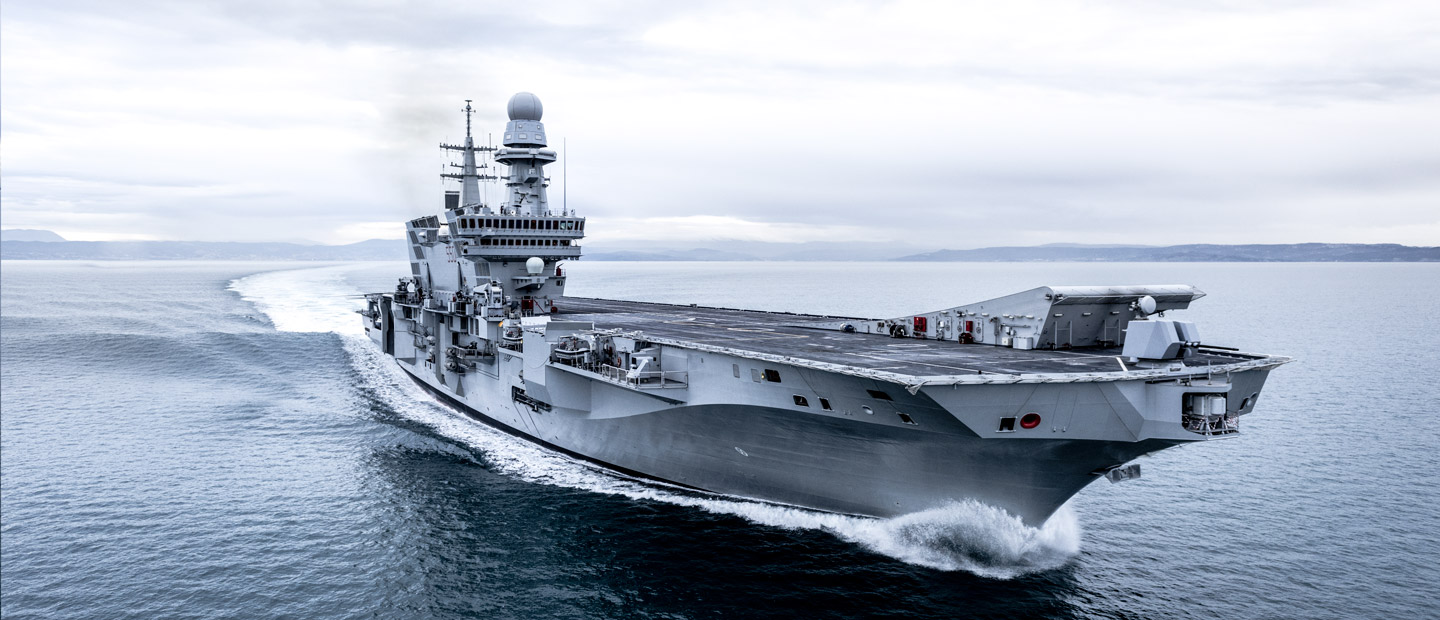quadrapiper
Army.ca Veteran
- Reaction score
- 788
- Points
- 1,160
Could see an argument for a few federally-owned Pickups of the Sea LSTs, or something akin to the West Coast-standard coastal freighters with landing ramps. Not necessarily CAF (maybe CFAV, maybe CCG, maybe someone breaks out all the CCG roles into separate fleets, whatever) but available to shift a bunch of GoC wheeled/tracked stuff around the Arctic archipelago.It could, but the cost vs benifit. Australia has it because it needs to move forces to the far side of the "Air/Sea Gap" and use Australian army forces to plug the choke points enemy fleets would use to transit to attack Australia. As well as deny basing for enemy airforces.
Spain has it because they believe that they may have to intervene in the near abroad (Africa mainly). Though some of their naval choices feel more like prestige and industrial than logical.
France has colonies, Italy has near abroad issues (Libya for example). UK has colonial assets far from home.
Canada has exactly what reason for an LHD. I just don't see it at all. One could easily roll in all those non-amphib capabilities into a Helicopter carrier that is more specialized for the task. But honestly just getting the escorts sorted out is a huge effort. RCD's, submarines and JSS are good lines of effort that make sense.





